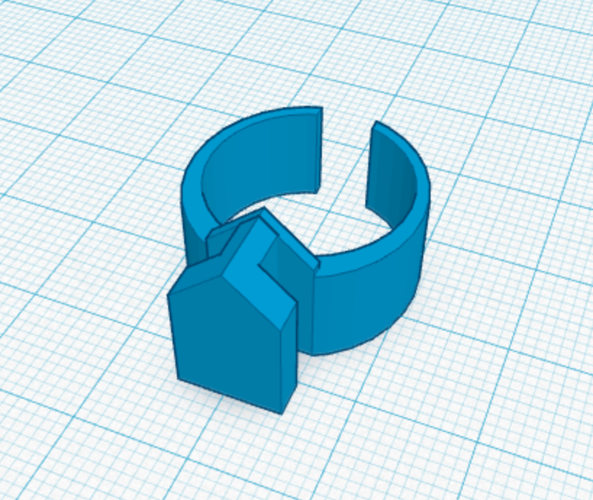


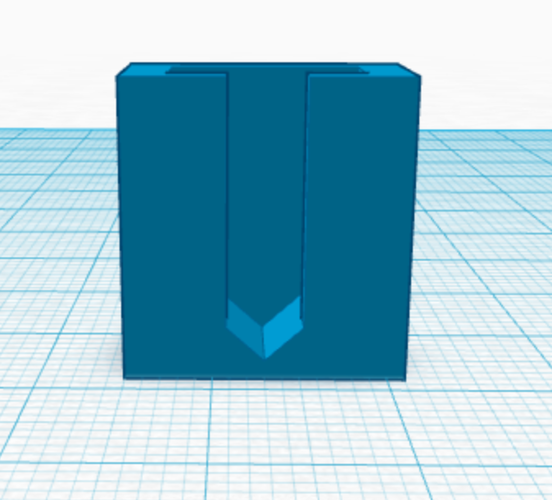
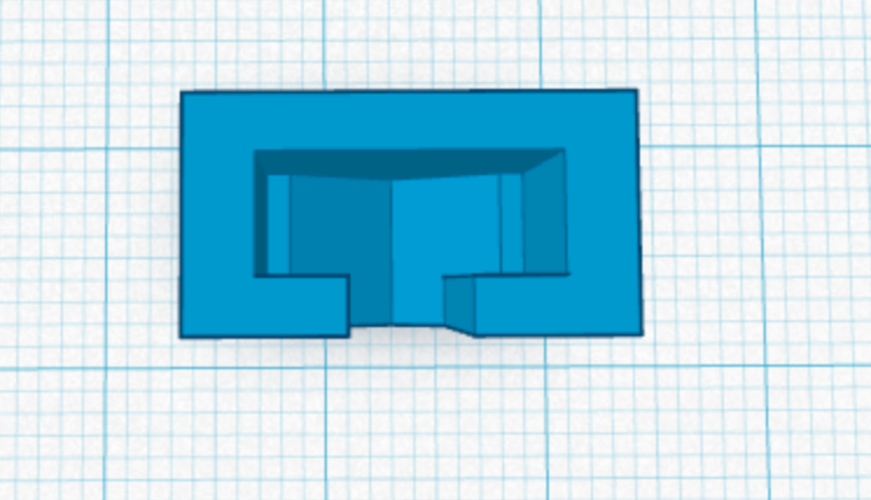
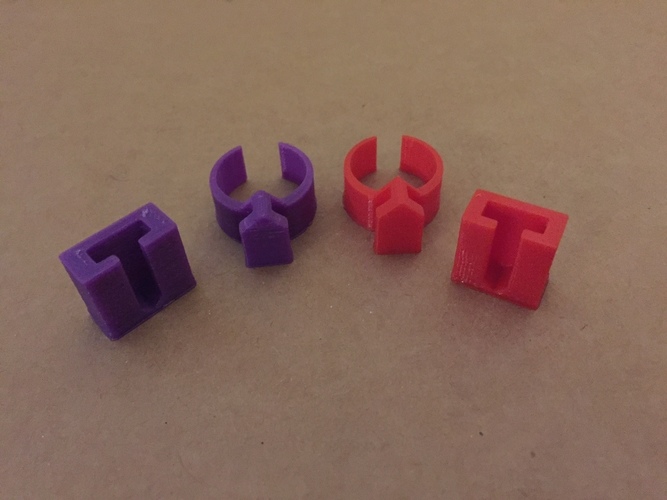
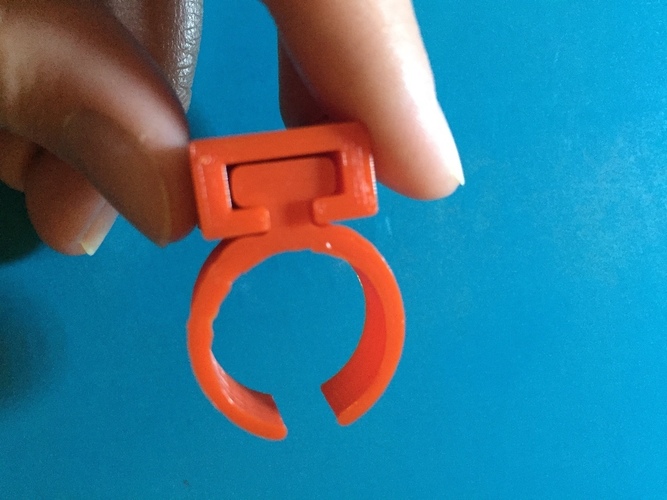
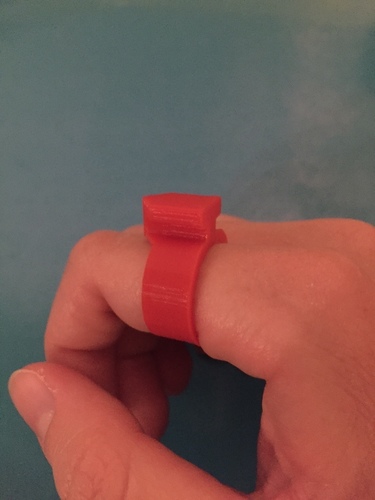

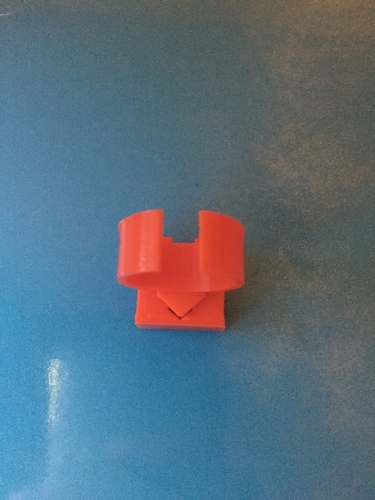

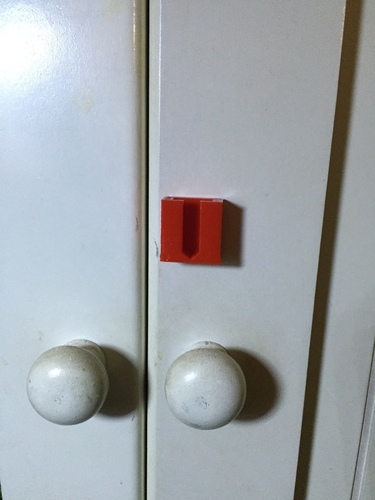
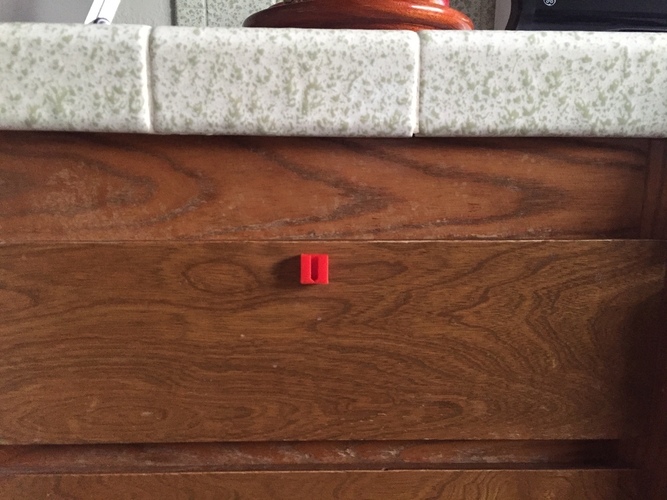
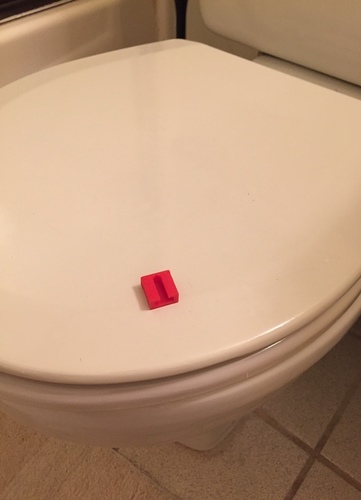
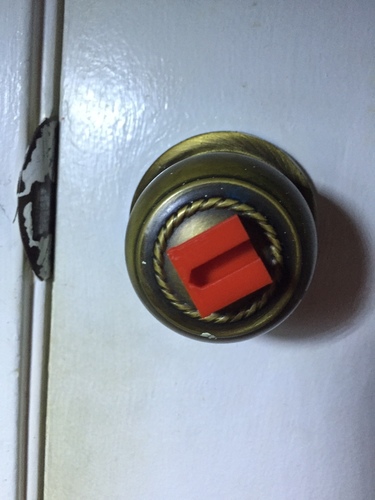


Prints (0)
-
No Prints Yet
Be the first to upload a Print for this Design!
Description
Having limited use of one’s hands can make many everyday activities very difficult. After learning about the Within Reach contest, I tried going through my day with my hands in fists and quickly encountered numerous challenges. I began brainstorming ideas for tools to twist doorknobs, open drawers, lift hinged lids, open laptops, and so on. However, I eventually realized that all of these tasks require some form of twisting, pulling, or lifting. With this realization in mind, I began designing a single, versatile tool to give individuals with limited use of their hands the ability to twist, pull, and lift without having to flex their fingers or grip objects, thus enabling them to perform all of the aforementioned tasks and many others.
I modeled this design in Tinkercad. The design consists of a wearable ring and a second piece that I call the surface attachment. The ‘tooth’ of the ring slides easily into the groove of the surface attachment when the pointed end of the tooth is inserted first. The pointed end makes it easy to align the two pieces. I originally intended to use several teeth and several grooves but quickly realized that one of each was sufficient and more practical. Please watch this video to see the design in action.
INSTRUCTIONS:
First, use the sizing chart pictured above to determine by what factor the ring must be scaled to fit you. When printing, be sure that both the ring AND the surface attachment are scaled by the same factor. After printing, use glue or another form of adhesive to secure the surface attachment piece to the desired surface, e.g., the front of a drawer, the top of a lid, the front of a doorknob, etc. Be aware that the strength of the adhesive is a major factor in limiting the amount of weight that can be pulled or lifted. I recommend using superglue for most applications, especially for doorknobs. Let the glue cure completely before use. If you are gluing the surface attachment to a vertical surface, I suggest using tape to hold it in place until the glue is dry. For ideas of where to place surface attachments, see the photographs above.
This design can be used by anyone who has at least one finger on which a ring can be worn. Simply adhere a surface attachment to every surface you wish to twist, pull, or lift. You can then wear the ring as you go about your daily activities and enjoy greater ability to manipulate all of these surfaces. To test the ring design for comfort, I have been wearing a couple of these rings (printed in PLA with a Lulzbot Mini) for much of my time at home and at school over the past two weeks. The rings I have tested have not caused me any discomfort or left any marks on my skin, and they have not fallen off my fingers at any point.
Working on this project has taught me to never take my hands for granted. I hope this design is helpful!
Comments